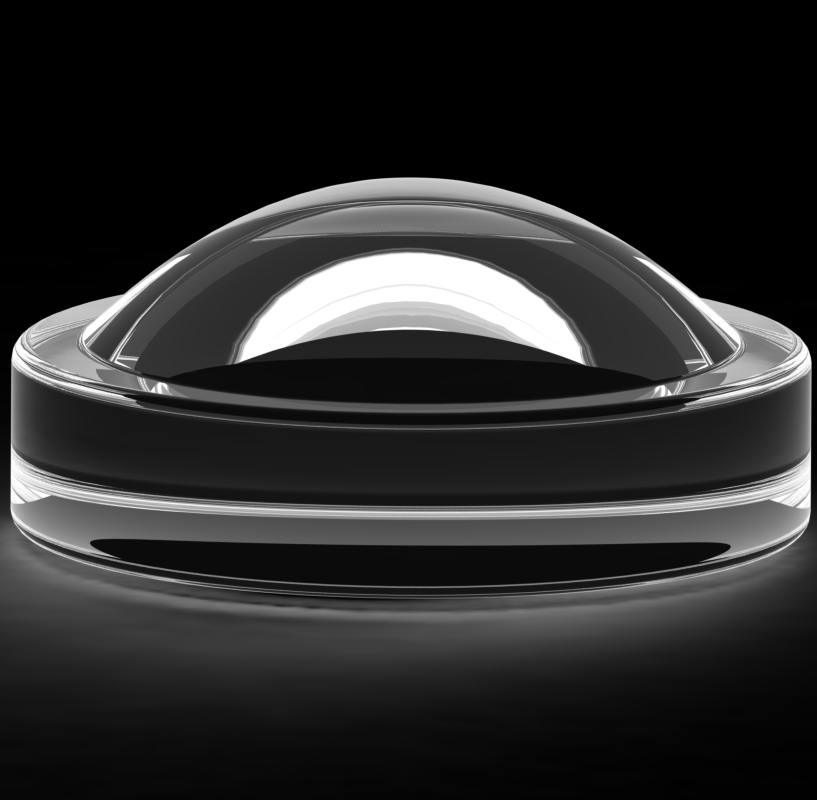
Call Us
86-755-82924037
Call Us
86-755-82924037

In the world of optics, precision and clarity are the holy grail for professionals and enthusiasts alike. Among the many advancements that have been made, one stands out for its significant impact on improving optical performance: aspherical lenses. These lenses are not just a technological evolution; they are a revolution in how we capture and view the world around us.
Traditional lenses, with their symmetrical spherical surfaces, have been the backbone of optical devices for centuries. However, they come with inherent flaws, notably spherical aberration. This phenomenon occurs because spherical lenses do not focus light rays to a single point, leading to a blur in the image, especially at the edges. Enter aspherical lenses.
As the name suggests, aspherical lenses are not shaped as a perfect sphere. Their more complex surface profile allows them to focus light more efficiently. This unique attribute drastically reduces spherical aberration, providing sharper images with more detail. For anything from high-end camera lenses, telescopes, eyeglasses, to even smartphone cameras, the clarity offered by aspherical lenses is unparalleled.
The benefits of aspherical lenses extend beyond just correcting spherical aberration. Their advanced design allows for a reduction in the number of lenses required in an optical system. This not only reduces weight and size but can also enhance the overall light transmission, giving brighter images with higher contrast.
Moreover, aspherical lenses offer considerable advantages in correcting other optical imperfections, such as coma, which affects how points of light are rendered, especially off the axis. This makes aspherical lenses particularly valuable in wide-aperture lenses where these imperfections are more pronounced.
The future of aspherical lenses is incredibly bright, with ongoing advancements in manufacturing techniques making them more accessible than ever. Initially, the complexity of creating aspherical lenses limited their use to high-end applications. However, with modern production methods like precision molding and sophisticated computer-controlled polishing by aspheric lens manufacturers, aspherical lenses are steadily becoming mainstream.
This democratization of aspherical lens technology is opening up new possibilities across various fields. Photographers can capture images with unprecedented clarity, astronomers can peer deeper into the cosmos with less distortion, and everyday consumers can enjoy higher quality visuals in everything from their eyewear to their smartphones.
As technology continues to advance, the role of aspherical lenses only becomes more significant. Their ability to overcome the limitations of traditional spherical lenses has not only improved the performance of optical devices but has also expanded the horizons of what is possible in photography, astronomy, and even our daily lives.
Aspherical lenses represent a leap forward in optical technology, promising clearer, sharper images and more compact and efficient designs. As we continue to push the boundaries of what these lenses can do, it's clear that the future of optics looks brighter—and clearer—than ever.
Bldg. A Baolong Industrial Zone #491 Dalang South Rd. Longhua District Shenzhen China
Copyright ? Shenzhen Solar Valley Scitech Development Co., Ltd. All Rights Reserved.
